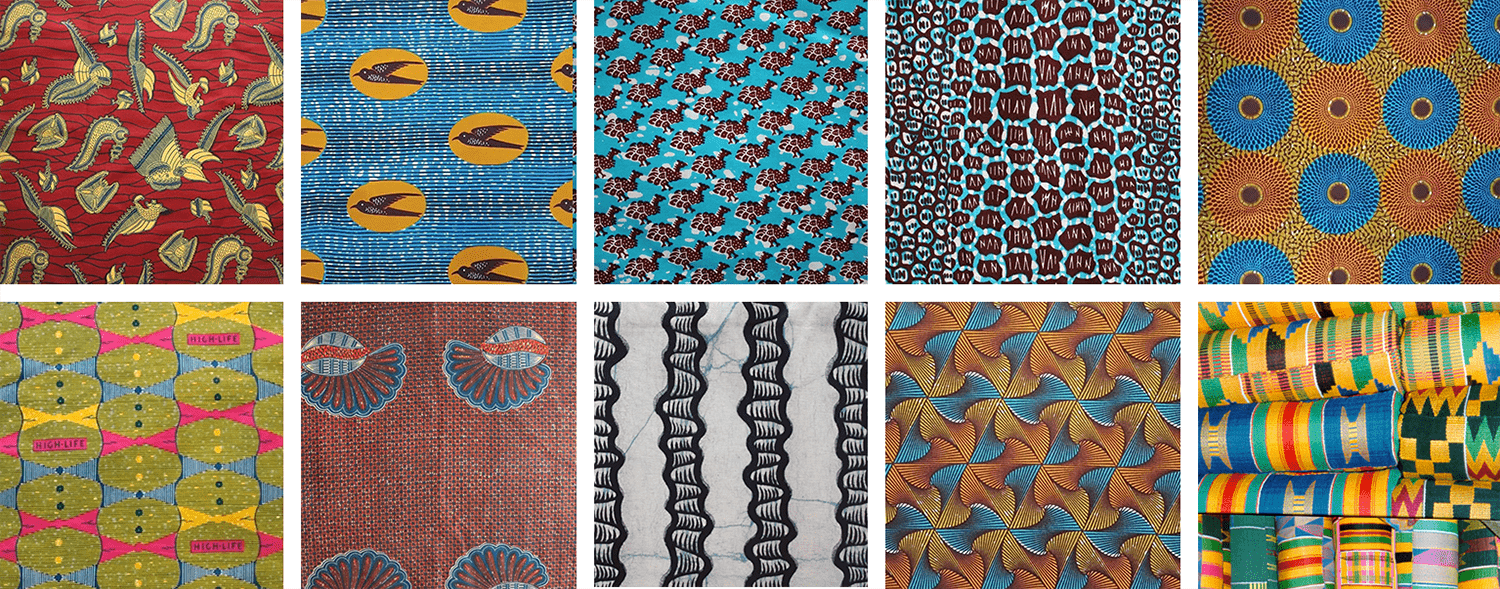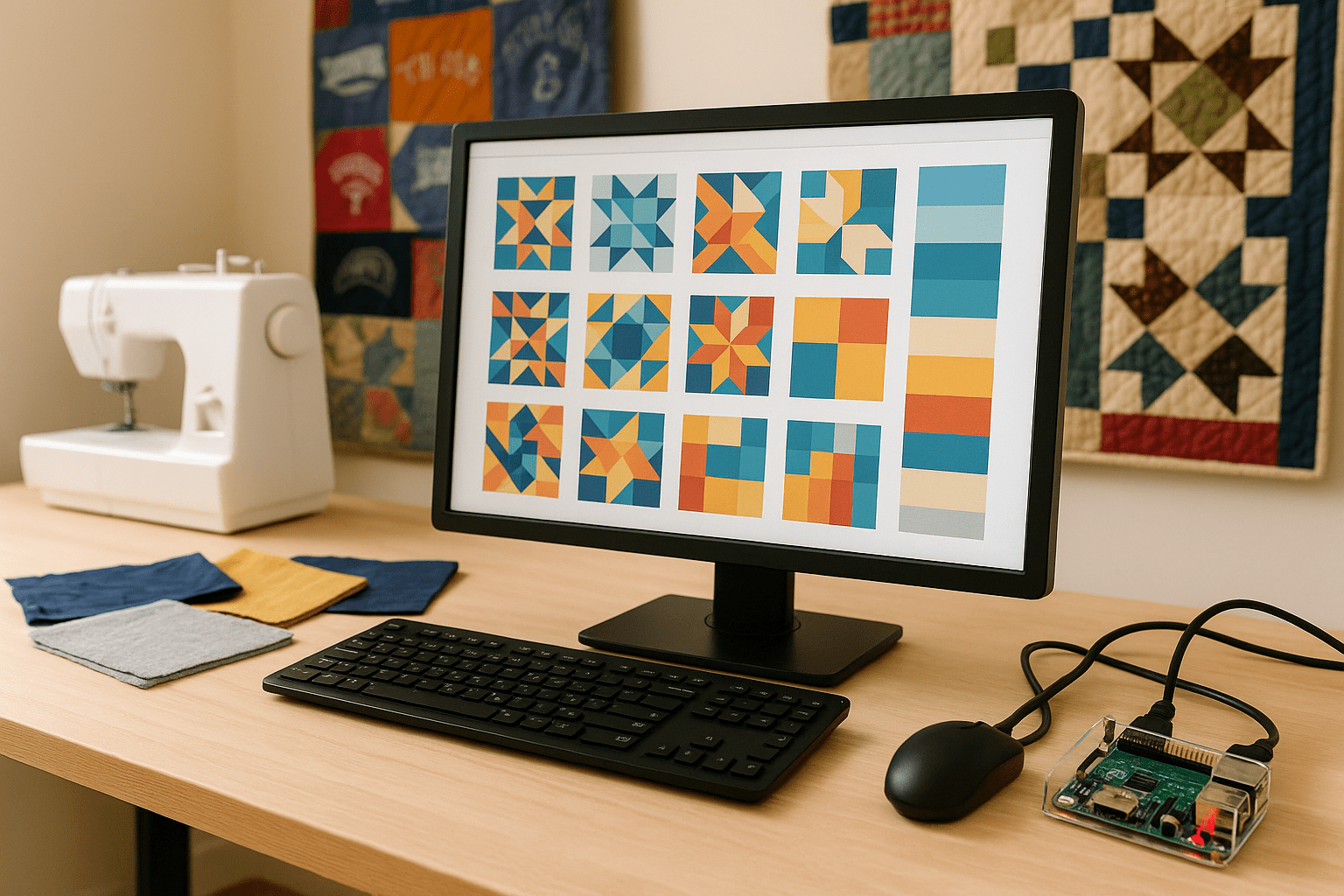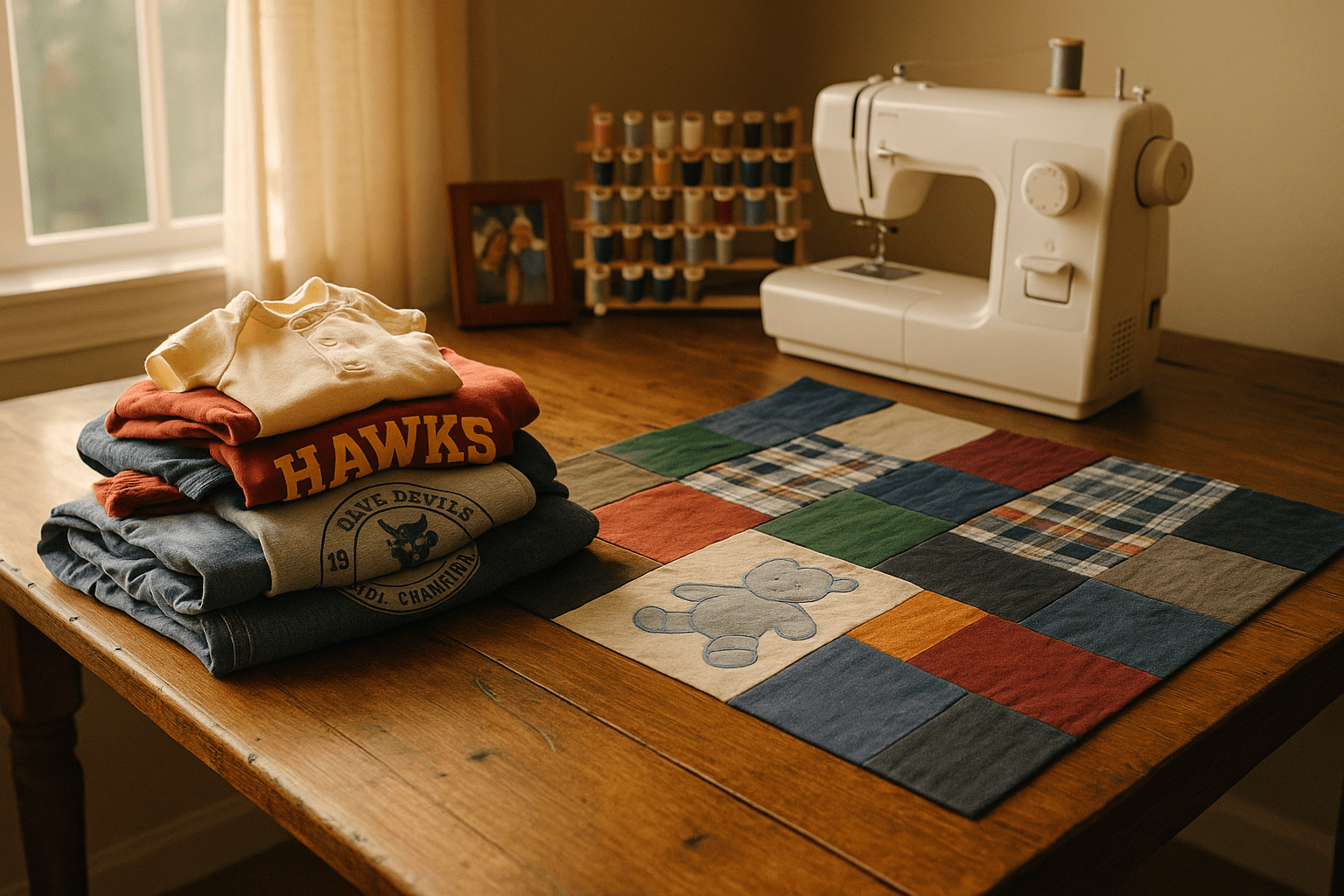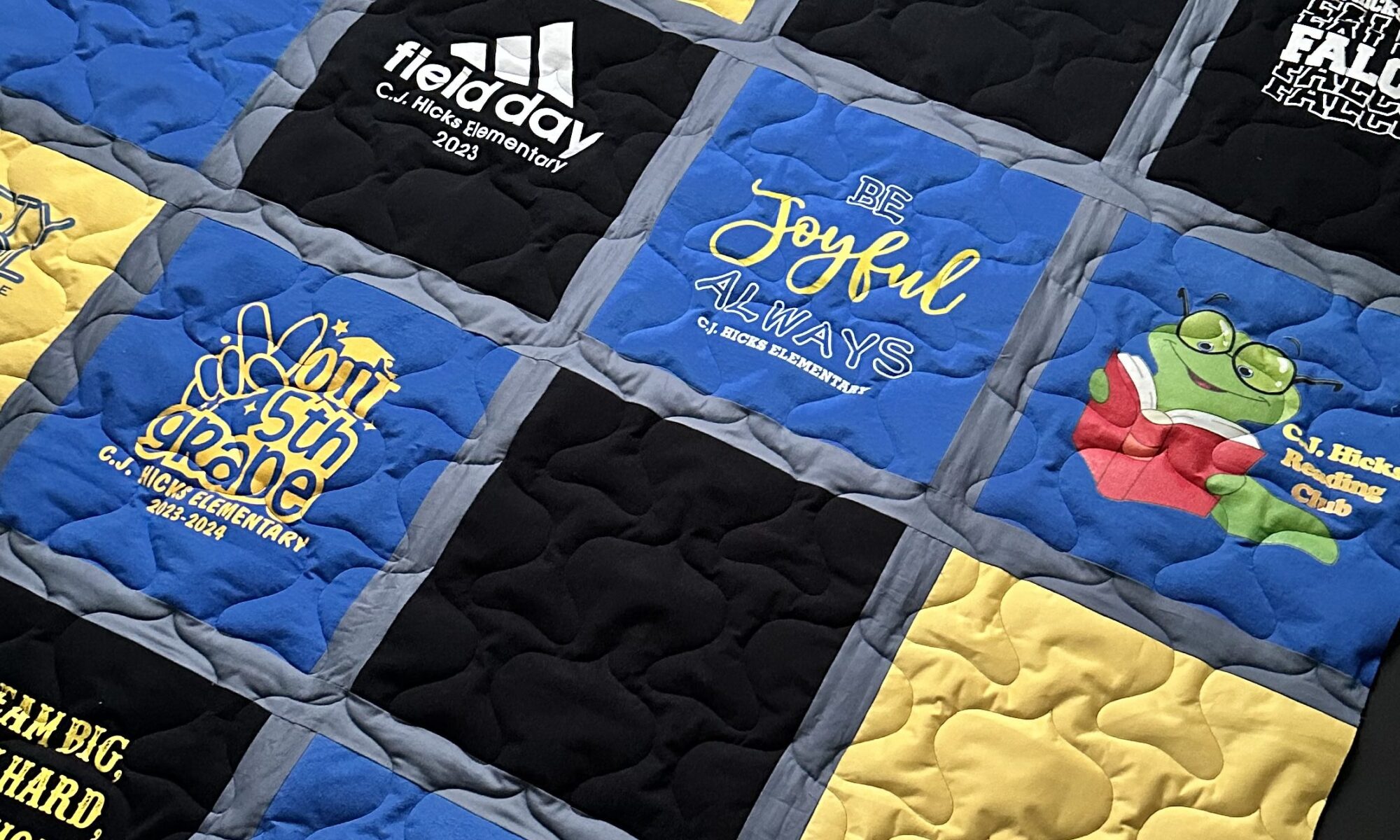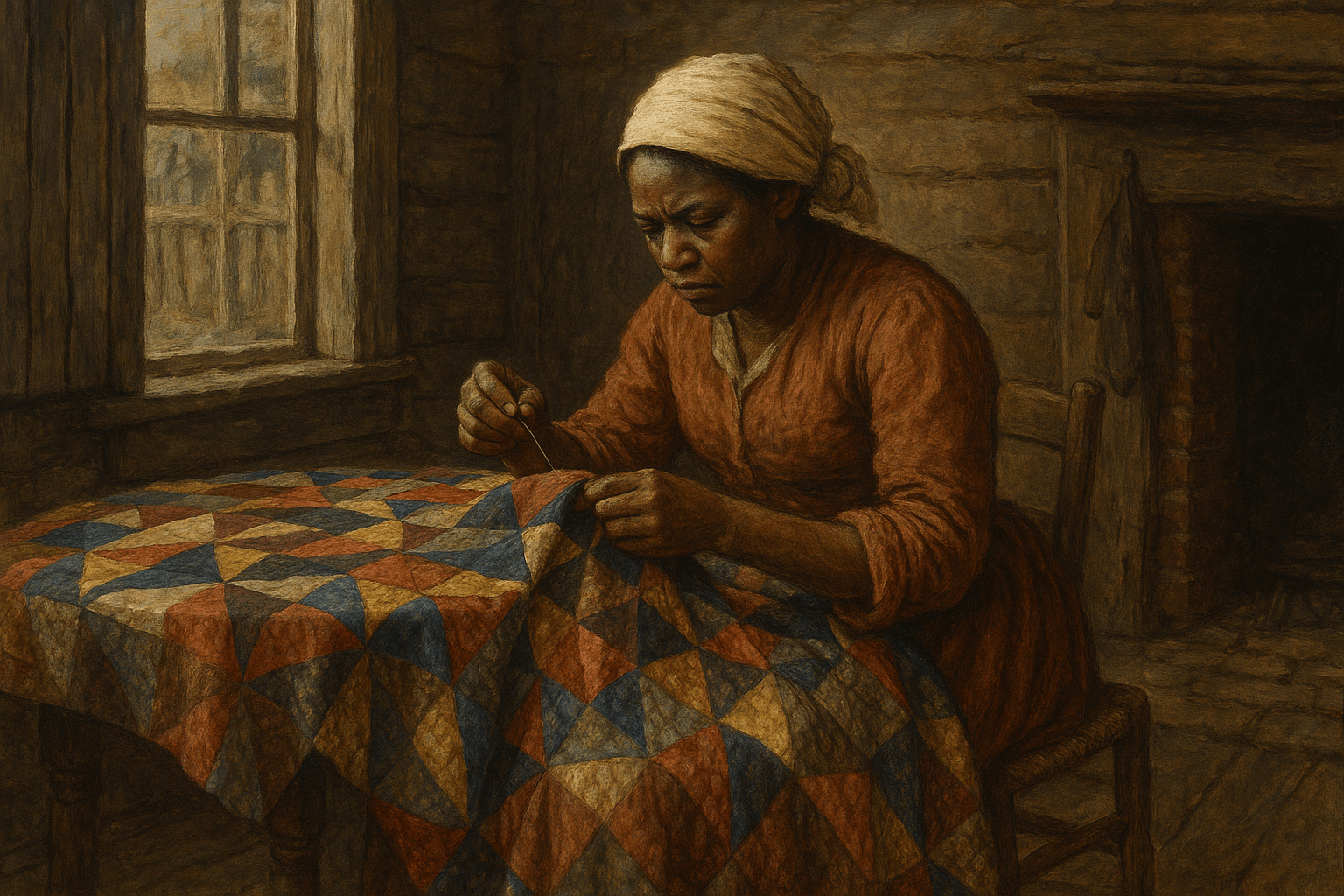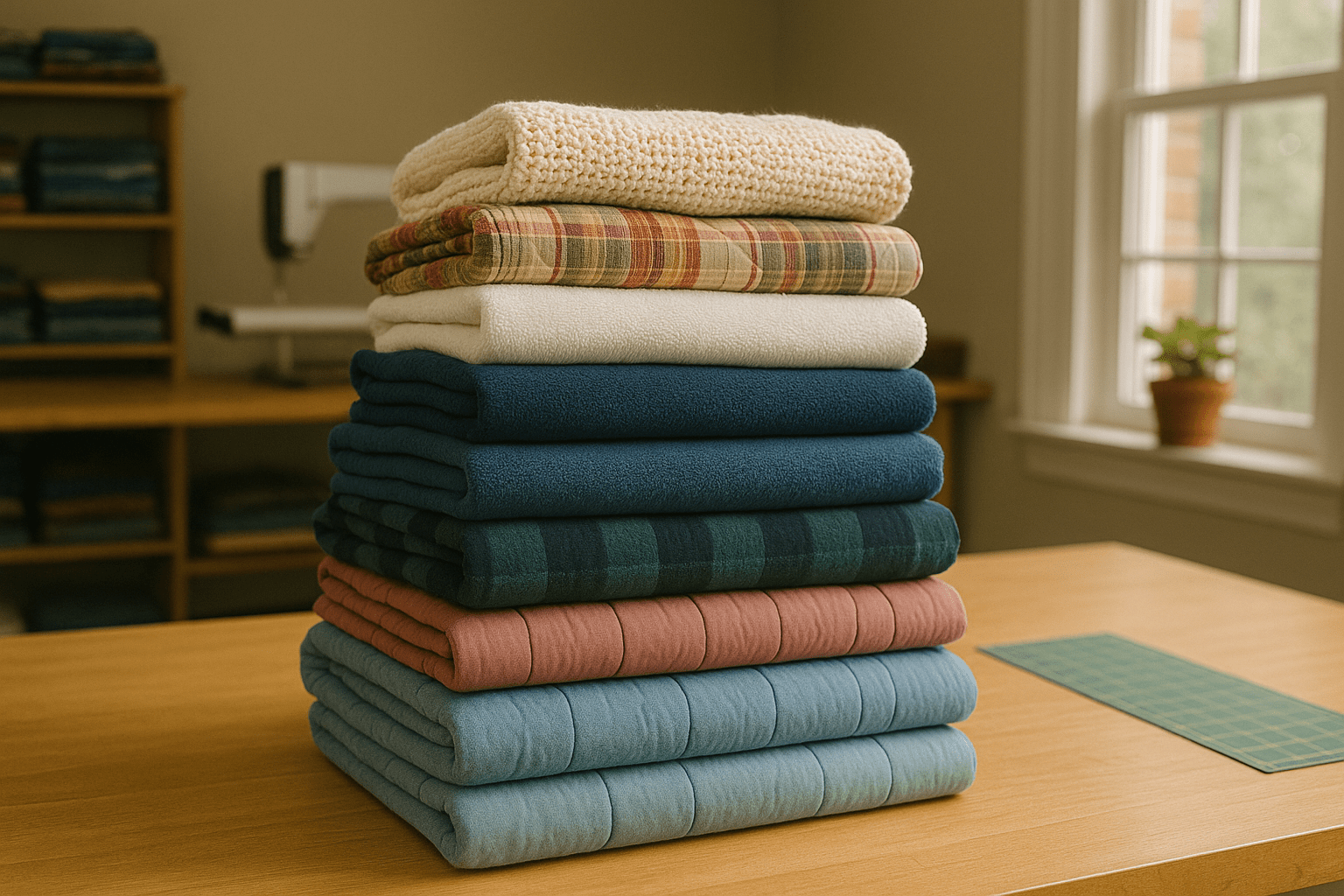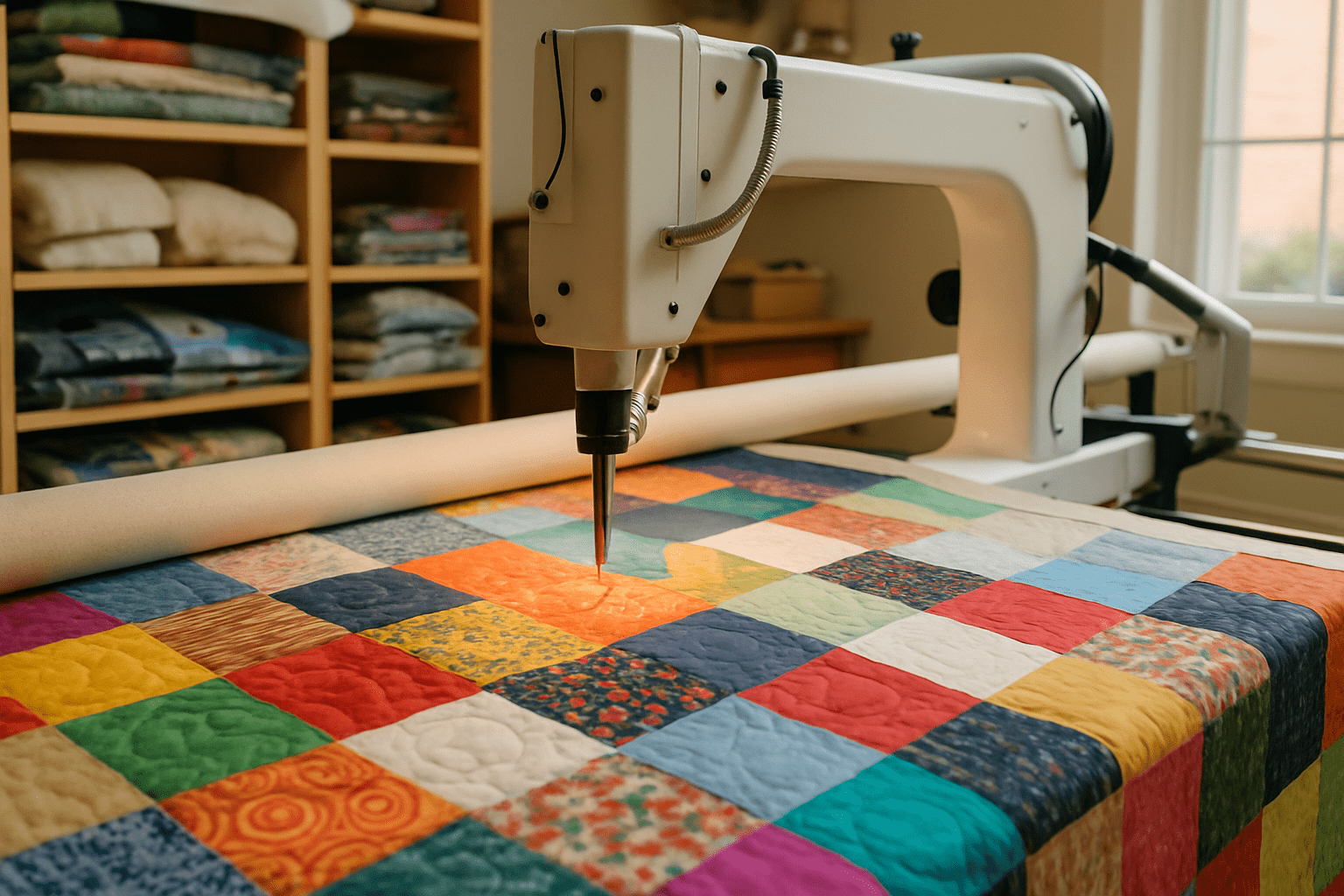Ankara, also known as African wax prints, is a vibrant and colorful textile that originated in Indonesia and has become a staple in African fashion. These fabrics are typically made from 100% cotton and feature bold, intricate designs that reflect the culture and traditions of the West African people. Ankara is a powerful form of storytelling, and the symbols featured in the prints are deeply rooted in tradition. They carry messages about strength, unity, wisdom, and community. When I work with African print fabrics, I’m not just choosing colors and patterns, I’m honoring stories.
Continue reading “Ten Iconic Symbols in African Print Fabric”How AI Is Changing Quilt Design
Quiltmaking has long been an art form rooted in tradition, but today it is also evolving into a space for innovation. One of the most exciting developments in recent years is the role of artificial intelligence in quilt design. While quilting remains a profoundly personal and hands-on craft, AI is opening new doors for creativity, enabling quilters to visualize patterns, explore color palettes, and design with greater freedom than ever before.
Continue reading “How AI Is Changing Quilt Design”Why Your First Quilt Should Be a T-Shirt Quilt
If you’ve ever thought about making a quilt but felt overwhelmed, I have good news for you. Your first quilt doesn’t have to be perfect. It just has to be meaningful. Starting with a t-shirt quilt is a great way to begin your quilting journey.
Continue reading “Why Your First Quilt Should Be a T-Shirt Quilt”How a Pile of Old Clothes Becomes a Quilt Full of Stories
At first glance, it might just look like a pile of old clothes: worn t-shirts, faded jeans, maybe a baby blanket or two. But to me, it’s something more. Each piece holds a memory. A moment. A story. And when those pieces are stitched together, they become something powerful: a memory quilt.
Continue reading “How a Pile of Old Clothes Becomes a Quilt Full of Stories”Why I Started Upcycling T-Shirts into Quilts
Upcycling t-shirts into quilts was not something I planned. It found me. Like many creative paths, it started with a simple idea and grew into something deeper and more meaningful.
Continue reading “Why I Started Upcycling T-Shirts into Quilts”Quilting in the Black Community: A Legacy of Love, Resistance, and Creativity
Quilting runs deep in the Black community. Long before I picked up a rotary cutter or fired up a longarm machine, I was surrounded by fabric, faith, and stories stitched into every corner of our homes. Quilts weren’t just blankets. They were history books, acts of resistance, and expressions of love passed from one generation to the next.
Continue reading “Quilting in the Black Community: A Legacy of Love, Resistance, and Creativity”5 Surprising Things You Can Use to Make a Memory Quilt (Besides Clothes)
Are you looking for a creative way to upcycle keepsakes and preserve memories? I help people turn meaningful items into custom memory quilts that tell their story. If you’ve been holding onto old linens, baby items, or household fabrics and wondering what to do with them, this post is for you.
Continue reading “5 Surprising Things You Can Use to Make a Memory Quilt (Besides Clothes)”The Meaning Behind Popular Quilt Blocks
Quilting isn’t just stitching fabric together. It’s storytelling. Every block, every shape, every fabric choice can hold a deeper meaning, especially in traditional quilts passed down through generations.
Continue reading “The Meaning Behind Popular Quilt Blocks”Why Prewashing Clothes Is Important for Your Memory Quilt
If you plan to send me clothing for a memory quilt, I want to say a heartfelt thank you. These quilts are deeply personal, and I consider it an honor to work with the items that mean so much to you and your family. One crucial step in preparing your clothing is to wash the items before you give them to me.
Continue reading “Why Prewashing Clothes Is Important for Your Memory Quilt”What is Longarm Quilting?
When you hear the word “quilting,” you might think of sewing small fabric pieces together. But the final step — stitching the quilt top, batting, and backing into one finished piece — is just as important. That’s where longarm quilting comes in.
Continue reading “What is Longarm Quilting?”
